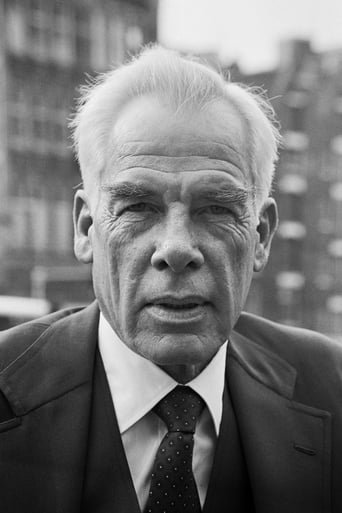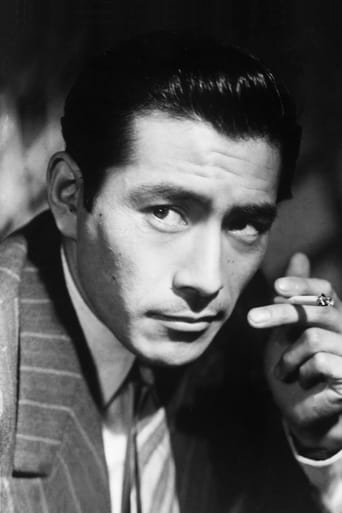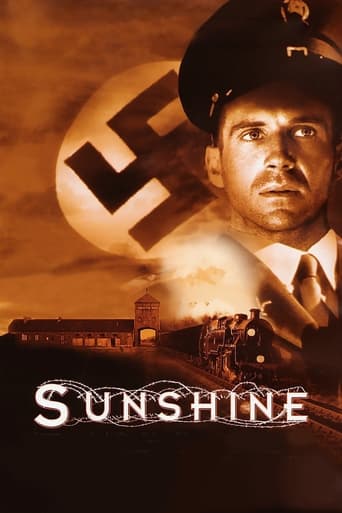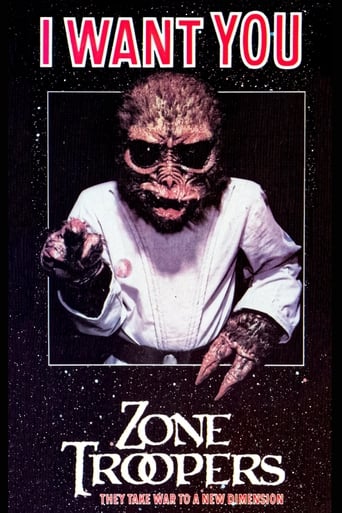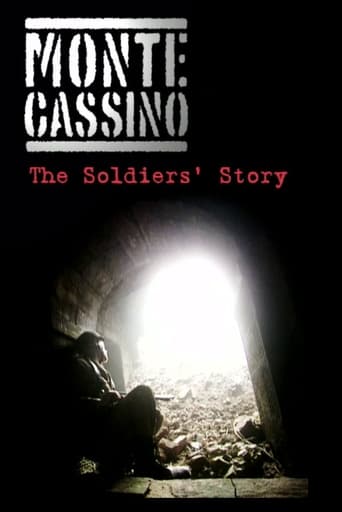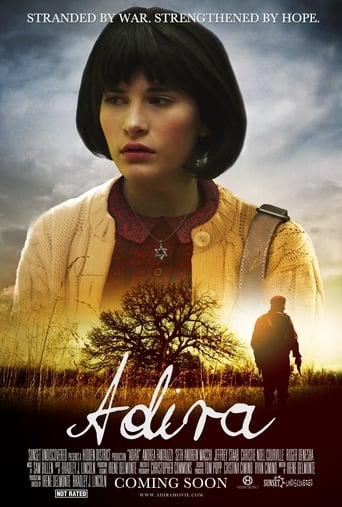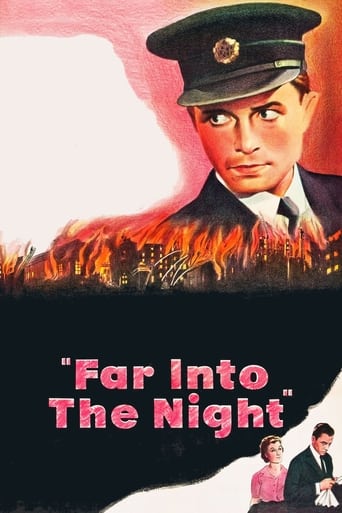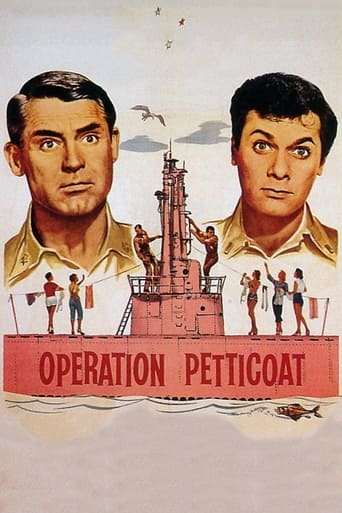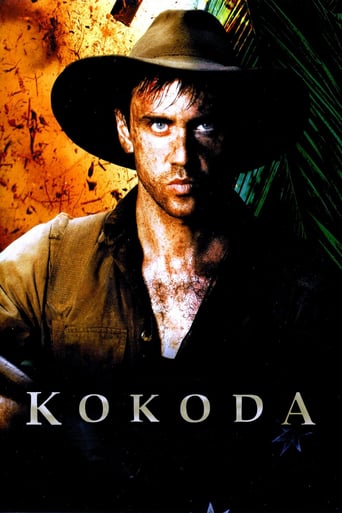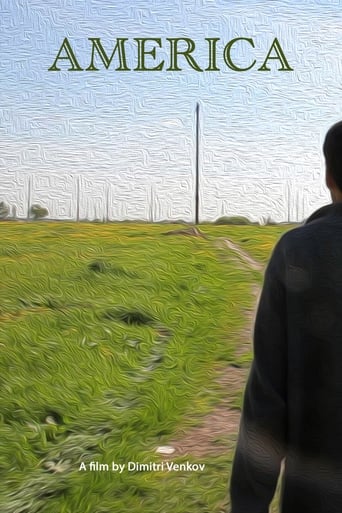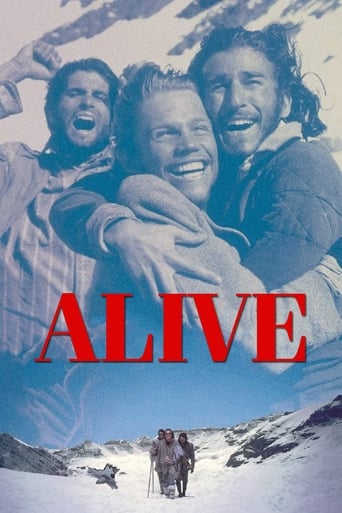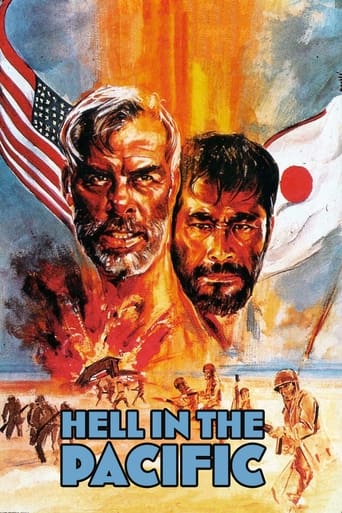
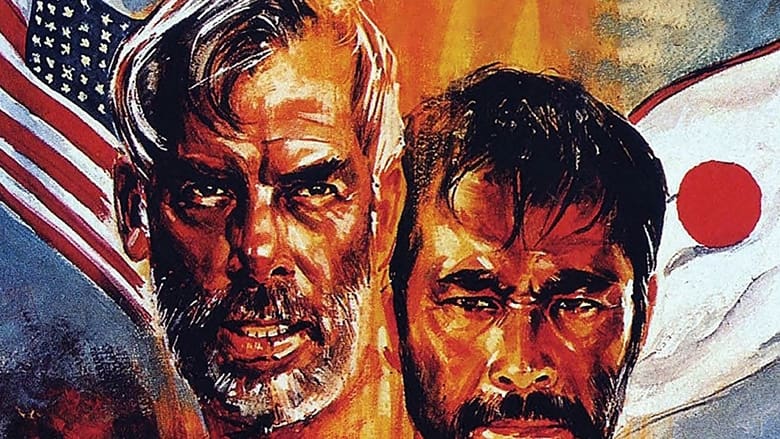
Hell in the Pacific (1968)
During World War II, a shot-down American pilot and a marooned Japanese navy captain find themselves stranded on the same small uninhabited island in the Pacific Ocean.
Watch Trailer
Cast


Similar titles
Reviews
the audience applauded
It is not deep, but it is fun to watch. It does have a bit more of an edge to it than other similar films.
Exactly the movie you think it is, but not the movie you want it to be.
The film never slows down or bores, plunging from one harrowing sequence to the next.
This film shows the masculine drive to compete and persevere in proving one's alpha status to the point of absurdity. They are willing to torture each other to boost their own egos. As a woman watching this film, the whole first part was a shining example of the worst of the male gender. Two women would more likely immediately recognize that since there's no one else there, they would benefit from collaborating and sharing resources. I'd like to see a female version of this film. There is no way that two females would keep up the hostility for as long as these two guys did. I suspect two women would either make friends quickly or if one of them remained hostile for awhile, the other would make a real effort to win her over and convince her to become friends as soon as possible. On the other hand, the best of mankind was also on display, in that they did eventually figure out how to work together despite the lack of communication. But again, I couldn't help imagining that two women would have quickly realized that they needed to teach each other to speak a bit of each other's language, and at the very least, said "my name is .........." which these guys apparently never got around to... This is a classic film which I recommend but could be put in a time capsule to show some of the reasons why the human species becomes extinct, which it probably will, given the inability of men to make peace and keep the peace....
Fans of Lee Marvin and Toshiro Mifune failed to come out for this financially-unsuccessful but not uninteresting two-person island adventure story from director John Boorman. Filming in the scenic islands of Palau, Boorman dispenses with the preliminaries and gets right down to business. Two men during World War II are marooned on an island in the Pacific: Marvin, an American pilot, is pitted against Mifune, a Japanese naval captain. Neither of them speaks the other man's language. They torture each other for almost an hour before striking some kind of truce, the result being a raft made out of bamboo that carries them out passed the reef into open water. Screenwriters Alexander Jacobs and Eric Bercovici, working from producer Reuben Bercovitch's story, were not able to supply their actors with much verbal interaction, and yet Marvin and Mifune are entirely capable of creating sound characterizations by just their expressions and their actions (they do superlative work). Boorman doesn't get too heavy or contemplative (a plus with only two people on the screen), however he loses his assured footing in the final reel. The picture doesn't just go off the track, it literally explodes. No one who worked on this film could have been satisfied with the clumsy conclusion (reportedly, Boorman was shut out of the decision making by the producers). Still, the film's better moments of drama and humor and survival stay in the memory, and Conrad Hall's cinematography is wonderful. ** from ****
NOTE: Although the producers of "Hell in the Pacific" have denied that the script for their film is in any way derivative, it does bear striking similarities to both "Kataki" and a television drama, "The Sea Is Boiling Hot", which was also written by Shimon Wincelberg. COMMENT: Despite the unimaginative title, this is a war picture with a difference. Shot amid the lush jungle greenery and rolling blue breakers of the Palau Islands in crystal clear color photography that must easily rank as the best of the year, director John Boorman boldly and imaginatively with rhythmic cutting (the bamboo falling on the water sequence, the flights through the undergrowth) and an atmospheric music score, plays out a fascinating exercise in human relationships and survival.The off-beat screenplay is actually a monologue carried by Lee Marvin, but such is the potency of the situations and the forceful energy with which Boorman handles them, the picture's 103 minutes slip by like a summer shower.
It's a brave and impudent movie -- just two great stars, Marvin and Mifune, one Japanese and the other an American pilot. The score is by the inventive and sonorous Lalo Schifrin, the photography by the seasoned craftsman, Conrad Hall. There's mutual harassment at first, sometimes comically expressed, as when Marvin pees on Mifune below. Ultimately, the two men realize they must cooperate to survive, but they're overwhelmed by the larger picture of the war around them.It's curious piece of movie making. Two enemies isolated on a rainforest-covered lava lump sticking out of an indifferent ocean. I enjoyed it the first time I saw it, chiefly because I wanted to see where it was going. The second time around is a sluggish trek through some highly stylized material.If you haven't seen it, you'll probably enjoy it. There is a contrast of some magnitude in the personalities of Mifune and Marvin. Mifune is angry, all business, proud. Marvin is an importuning elf, slipping here and there through the shrubbery, begging for water and spitefully destroying Mifune's primitive fish net.


